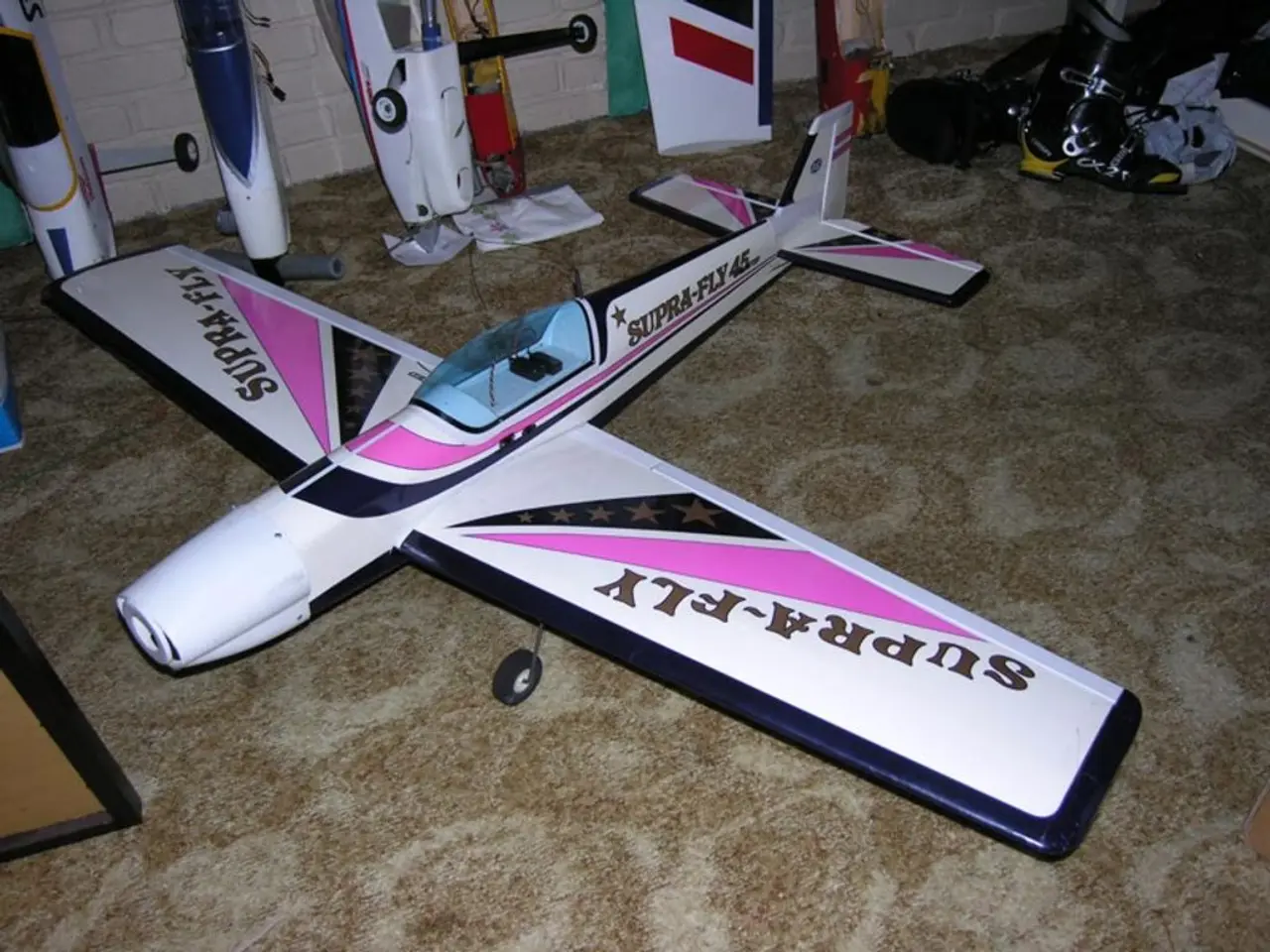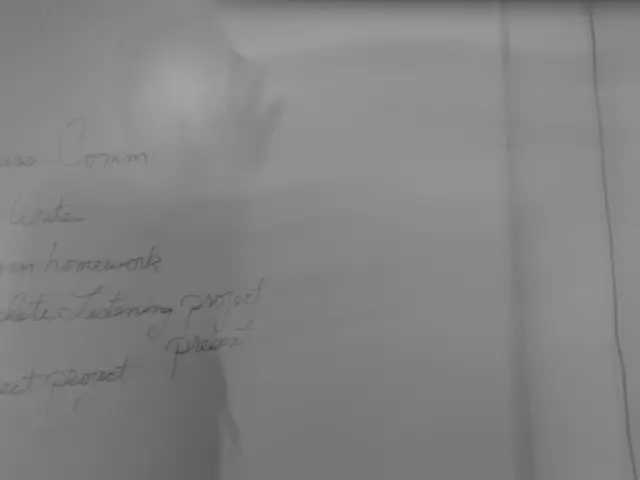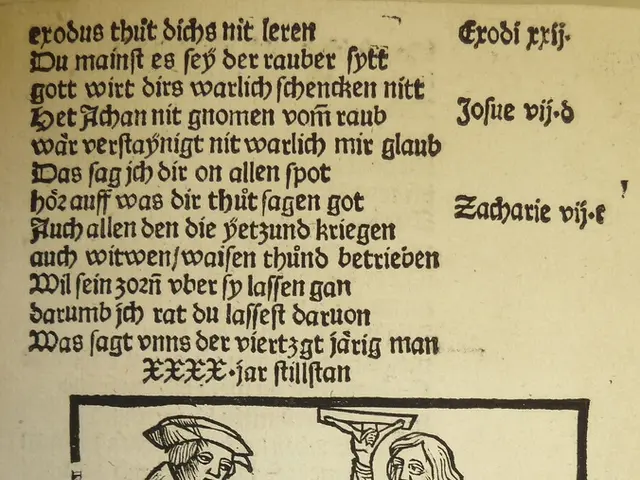Homemade Glider Projectile Device
=========================================================================
The paper airplane launcher, a type of catapult, is an exciting and educational project that combines physics and engineering principles. This article will guide you through the engineering design process used in building a paper airplane launcher, suitable for a science fair project.
The Engineering Design Process
The engineering design process is crucial when creating a paper airplane launcher. Here are the key steps:
- Identify the Purpose and Limitations: Define what the launcher is supposed to do and any constraints. For example, your goal might be to launch a paper airplane the farthest, with limitations such as a specific budget, materials, or time frame.
- Research Problems: Investigate factors impacting design, such as types of rubber bands, materials for the launcher, optimal angles, and forces involved in launching paper airplanes.
- Brainstorm Ideas: Generate multiple ways to build a launcher, considering how each design meets the purpose and limitations.
- Select a Solution: Pick the most promising design based on feasibility, materials, and expected performance.
- Build a Prototype: Construct a working model of the launcher, testing its launching efficiency.
- Test the Prototype: Launch paper airplanes and observe distance, accuracy, and reliability. Record results to evaluate performance.
- Improve and Redesign: Use test data to refine the launcher design for better performance, adjusting tension, angle, or construction.
Applying the Engineering Design Process for a Science Fair Project
For a science fair project, follow these steps:
- Clearly state the problem you want to solve, such as "How can I design a launcher that sends a paper airplane the farthest?" Include your goals and limits.
- Research existing paper airplane launchers and scientific principles such as potential and elastic energy.
- Brainstorm multiple designs and select one or two to prototype.
- Build prototypes and systematically test variables like rubber band tension, launching angle, airplane design, or launcher materials.
- Collect and analyze data on flight distance or accuracy.
- Redesign the launcher based on findings and retest to show improvement.
- Present your process and results, explaining how each engineering step helped improve your launcher.
Building the Paper Airplane Launcher
The paper airplane launcher is assembled by gathering materials, preparing the launcher base, folding a paper airplane, attaching a paper clip, setting up the launcher, and launching the airplane.
Key Factors Affecting Flight Performance
- The launch angle and the properties of the rubber band can affect the flight distance and speed of the airplane.
- Thinner, wider wings generate more lift, allowing the plane to stay in the air longer.
- By adjusting the angle of launch, students can observe how gravity pulls the plane down at different rates.
- The launch process involves holding the launcher, pulling the airplane back by the paper clip, and releasing the airplane to launch it forward.
Energy and the Paper Airplane Launcher
Some of the energy is lost as heat and sound when the rubber band snaps back, and air resistance causes the plane to lose energy over time. The amount of kinetic energy directly affects how fast and far the airplane will travel. A tighter stretch of the rubber band stores more potential energy, resulting in a greater amount of kinetic energy being transferred to the plane.
Recommendations and Resources
The paper airplane launcher project is recommended for children in the 3-6 grade level. Supplies needed for the project include paper, rubber bands, pen or pencil, paper clips, tape or stapler, cardboard, building materials like LEGO, foam board, or wood, and other craft materials. A simple paper airplane design can be found online or created using the provided sample.
Celebrating Aviation Pioneers
Amelia Mary Earhart, an American aviation pioneer and author, is known for being the first female aviator to fly solo across the Atlantic Ocean. Earhart set many other records, wrote best-selling books about her flying experiences, and was instrumental in the formation of The Ninety-Nines, an organization for female pilots.
Experimenting with the Paper Airplane Launcher
By varying the strength and tension of the rubber band, students can experiment with how much thrust is needed to achieve longer or shorter flights. The smoother and more streamlined the airplane design, the less drag it will experience, allowing it to fly farther. The launcher functions as an airport runway, providing extra speed for the airplanes.
The paper airplane launcher can be the basis of a science fair project, with research questions and hypotheses about the impact of variables on the flight performance of the airplane. The launcher provides the thrust for the paper airplane, and with careful design and experimentation, it can help students understand the principles of physics and engineering.
- The paper airplane launcher project is suitable for kids in the 3-6 grade level, encouraging them to explore principles of physics and engineering through a fun and educational activity.
- This engineering project combines learning with play, as kids conduct experiments to find the optimal design for a paper airplane launcher suitable for a science fair.
- By applying the engineering design process, children can discover key factors affecting flight performance, such as the launch angle, rubber band properties, airplane design, and air resistance.
- The launcher engages kids in STEM challenges, helping them develop critical thinking, problem-solving, and self-development skills through online education and learning resources.
- As students experiment with the paper airplane launcher, they can step into the role of aviation pioneers, just like Amelia Mary Earhart, who broke barriers and made significant contributions to the world of aviation.
- Art plays a role in this project as well, as kids can customize the design and appearance of their paper airplanes and launchers for a more personalized and creative touch.
- With the knowledge gained from this project, children can expand their understanding of science, engineering, and aerospace, opening doors to future educational and career opportunities.
- Building the paper airplane launcher is just the beginning; it serves as a foundation for ongoing research, exploration, and a deeper appreciation of the wonders of space and the universe.




